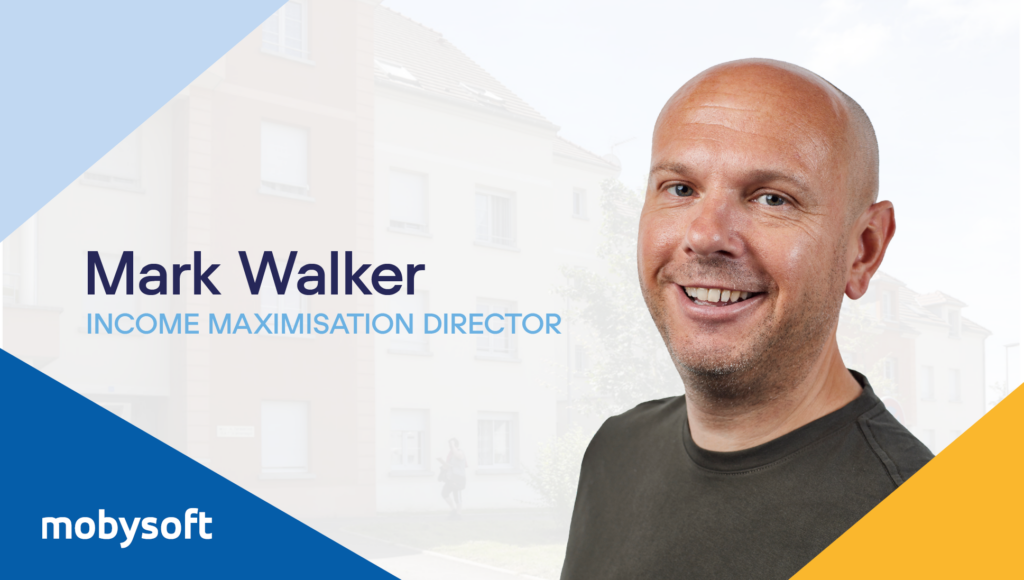Social Housing 2023: The Experts Predict What’s Next
They say that a week is a long time in politics and it could be posited that this old adage is true of the social housing sector too. It’s not so much of a bold claim when you think about it – the two are inextricably linked and ever-changing government policy and personnel, coupled with shifting ideologies within Westminster more often than not manifest themselves as new obstacles and challenges for the sector as a whole. And, if you consider what a topsy-turvy year 2022 proved to be in terms of seismic sector-influencing events – we’ve experienced no less than three prime ministers, two chancellors, five different housing ministers, and two (not so) mini-budgets, all set to a backdrop of the escalating cost of living crisis – you’d be forgiven for hiding behind the curtains at the prospect of what 2023 has in store.
It’s not all doom and gloom though yet there’s no escaping the fact that the social housing sector and the service providers operating within it are most likely in for another challenging year. But what form will those challenges take and what should social housing providers be focusing on to overcome them as 2023 gets underway? We asked a hand-picked selection of our in-house social housing experts (all of whom are steeped in experience and knowledge across various facets of the sector) to give us their predictions for the year ahead…

The fallout from the tragic event involving Awaab Ishak will continue to have an effect on social housing providers as the sustained focus on damp and mould will and indeed has resulted in an increase in reporting by social tenants of this particular issue and other wide-spanning problematic repeat repairs. As such, I think we’ll see a concerted effort from landlords to reassess their repairs service and the metrics that inform them. For too long, social housing providers have focused on job volumes, quickness and first-time fixes, unwittingly creating a culture of speed to the detriment of quality and longevity of repairs carried out. It’s all about measuring the right things at the right time and using that data effectively – landlords will seek to ensure that they’re doing exactly this as we move into 2023 in order to ensure that they provide a fair and equitable service to their customers and are able to meet the forthcoming Tenant Satisfaction Measures soon to be fully implemented by the government.
– Julie Lorraine

I’m not sure the cost of living crisis has ‘bitten’ as severely as we thought it would. The worst of it is to come in 2023, certainly from April 2023 when government support drops off particularly around energy help. There’s an argument that people on low incomes have always been in a cost of living crisis, but the kicker will be those tenants who fall into arrears for the first time and may have to navigate the benefits system for the first time as a result. This means that historically good payers but may find themselves struggling with less support and higher bills to pay – potentially causing financial strains on being able to pay their rent on time. The pace of migrating tenants to Universal Credit will pick up in Winter 2023 and it’s vitally important landlords are prepared to increase levels of support for those households where navigating Universal Credit may be difficult (as there is a ‘3 month window’ to apply and migrate over). Failure to ‘migrate’ over properly can result in benefits being stopped. Landlords being able to track their tenants migrating over to UC will be key to ensure cash collection levels are sustained. So helping landlords put together an action plan and checklist on how they give themselves and their tenants the best possible platform to deal with increases in UC claimants is a key focus for Mobysoft and one of the reasons that we are running an exclusive webinar on 27 January on Managing the Migration to Universal Credit.
– Mark Walker

We are only just seeing the beginning of the impact from the tragic death of Awaab Ishak in the damp and mould case which made media headlines late in 2022. We know from our customers that this has caused concern amongst tenants and led to an increase in tenants reporting damp and mould. Damp and mould is not a new issue to social housing; the Ombudsman had previously carried out a Spotlight Review on damp and mould in October 2021 and case numbers were already on the rise. The social housing regulator has now requested every registered social landlord with more than 1000 homes to provide them with details of how the organisation is managing damp and mould. For many organisations, I think this has will have revealed gaps in processes and the way damp and mould cases are recorded and monitored, he addressing of such issues being something that will no doubt present a challenge for a lot of social housing providers in 2023. Mobysoft is already ahead of the issue however and has developed a Damp & Mould module within its RepairSense product that identifies properties where damp and mould has historically been reported. We are currently working with our customers to understand the gaps in their damp and mould data, identify any further analysis that is needed and where Mobysoft can help.
– Zoe La Brow

For me the most prominent trend will be providers looking hard at their resource cost model given the impact of inflation and price rises/wage demands. These costs will need to change as there are few options to downgrade service propositions in light of the new tenant satisfaction measures. We may see something unusual in the sector; a round of managed headcount reduction driven by cost pressures. We can also expect and increased uptake in shared service models (providers sharing functions such as ICT support or Finance for example) along with pressure for weaker providers to consolidate. For those staff not affected by these impacts there will be little scope to increase financial benefits, which could trigger an increase in the four-day week offer as providers seek other ways to make roles more attractive. For a sector with benefits already heavily loaded (comparably) towards flexibility, work/life balance, and with (relatively) low governance around efficiency, this shift will present a significant productivity challenge. As such, resources can expect to be focused more directly into activities optimised by humans (with an increasing proportion of the slack taken by automation). Similarly, newer processes are likely to default to automation with technology playing an increasing part in service delivery, governance, and meeting new regulatory requirements.
– Jon Brownbill

Damp and mould has always been an important topic for housing providers to address but since the media coverage of the recent tragic incident involving a housing association, demand from customers to deal with damp and mould in their homes has increased tenfold. Resource in organisations hasn’t increased however, adding further pressure on colleagues to deliver frontline services and to deal with the level of contact fairly. It is a vicious circle that look to continue throughout 2023 with the cost of living crisis impacting customers being unable to afford to heat their homes adequately which can add to mould problems in properties. It’s is extremely difficult for housing providers with limited resources to cope with an unexpected increase in contact from customers with limited resource. With the majority of contact centres now being multi-channel, customers will utilise every form of contact sometimes tripling the amount of contacts to deal with. This results in delayed responses to enquiries which not only affects customer satisfaction but also adds an element of risk that an issue wouldn’t be dealt with in the desired timeframe.
– Suzy Thomas
As you can see, there’s a lot for social housing providers to contend with this coming year, not least their tenants who are still faced with the monetary strains resulting from the cost of living crisis that shows no sign of abating. One thing is for certain though and that is that social landlords will continue to be resilient, innovative, and resourceful driven by the necessity to deliver high levels of service for their tenants.
If you’d like to learn more about about our products or are interested in further insight and analysis of the pressing issues facing the sector then follow us on LinkedIn and subscribe to our YouTube channel. We’ll be regularly publishing all manner of useful and informative content throughout course of the year and our social channels are the best place to keep up to date with our latest blogs, whitepapers, videos and reports.
- Staff Spotlight: Jack Pawson - July 23, 2024
- This Month In Social Housing: June 2024 - June 28, 2024
- Customer Success Snapshot: London Borough of Barking & Dagenham - June 21, 2024